Home>Gardening & Outdoor>Landscaping Ideas>How Warm Does It Need To Be To Plant Grass Seed
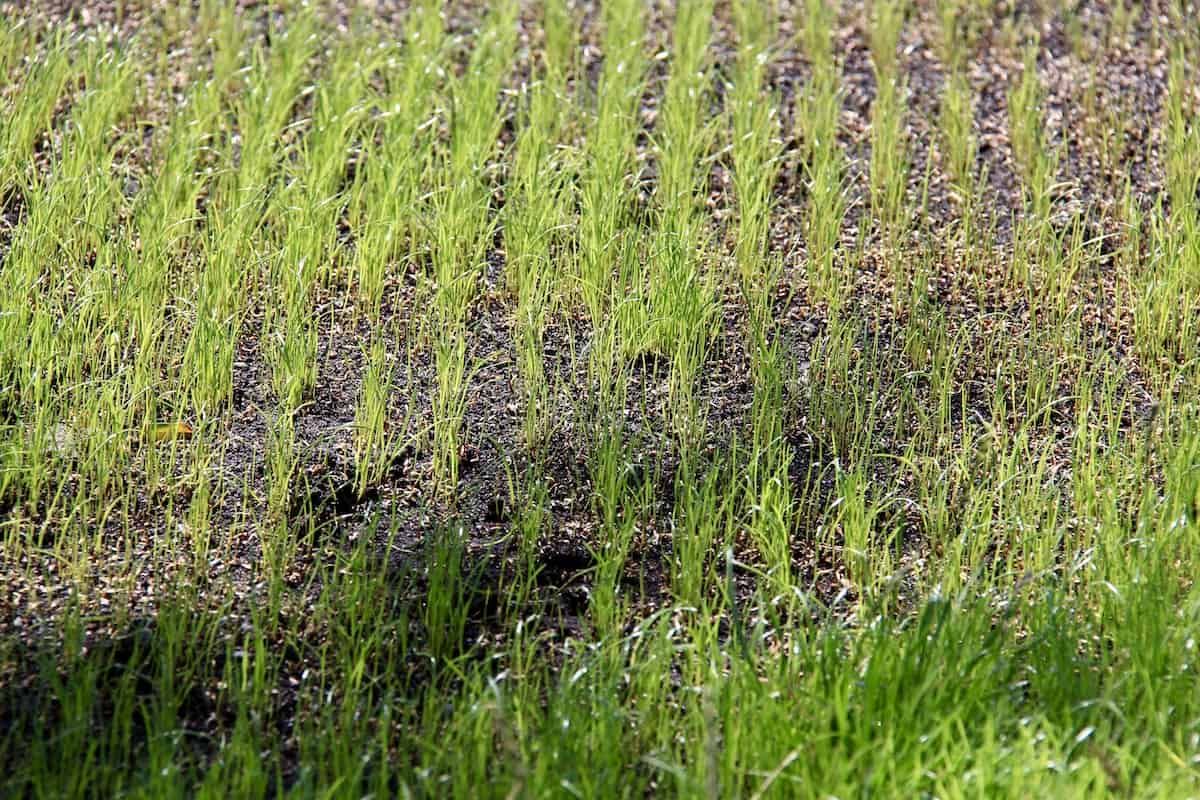

Landscaping Ideas
How Warm Does It Need To Be To Plant Grass Seed
Modified: February 18, 2024
Find the ideal temperature for planting grass seed and get expert landscaping ideas to ensure successful growth. Discover the best conditions for a lush, green lawn.
(Many of the links in this article redirect to a specific reviewed product. Your purchase of these products through affiliate links helps to generate commission for Storables.com, at no extra cost. Learn more)
Introduction
Planting grass seed is an exciting endeavor that can transform a barren patch of land into a lush, vibrant lawn. However, the success of this undertaking hinges on various factors, with soil temperature playing a pivotal role in the germination process. Understanding the optimal conditions for planting grass seed is essential for ensuring a bountiful and healthy lawn.
Grass seed germination is a complex biological process that is influenced by a myriad of environmental factors. While sunlight, water, and soil quality are crucial, the temperature of the soil is a key determinant of whether the seeds will sprout and thrive. In colder climates, the timing of planting grass seed becomes even more critical, as the temperature fluctuations can significantly impact the success of the germination process.
In this comprehensive guide, we will delve into the significance of soil temperature for planting grass seed and explore the ideal conditions that foster successful germination. Additionally, we will provide valuable tips for planting grass seed in cooler temperatures, equipping you with the knowledge and insights needed to embark on this rewarding journey. Whether you are a seasoned gardener or a novice enthusiast, understanding the nuances of soil temperature and its impact on grass seed germination is fundamental to achieving a verdant and resilient lawn.
As we navigate through the intricacies of grass seed planting, it is essential to recognize the interconnectedness of environmental elements and their collective influence on the growth and development of grass. By gaining a deeper understanding of the role played by soil temperature, you will be empowered to make informed decisions and take proactive measures to optimize the conditions for successful grass seed germination. Let's embark on this enlightening exploration of soil temperature and its significance in the art of planting grass seed.
Key Takeaways:
- Understanding the ideal soil temperature for planting grass seed is crucial for successful germination. Different grass species have specific temperature preferences, so it’s important to align planting with their ideal soil temperature range.
- Planting grass seed in cooler temperatures requires strategic timing and care. Selecting cool-season grass species, monitoring moisture levels, and utilizing mulch can help overcome the challenges and foster robust growth.
Factors Affecting Grass Seed Germination
Grass seed germination is a delicate process influenced by a multitude of factors that collectively determine the success of establishing a healthy lawn. Understanding these factors is crucial for creating optimal conditions that promote robust germination and subsequent growth. Here are the key elements that significantly impact grass seed germination:
-
Soil Temperature: The temperature of the soil plays a pivotal role in the germination of grass seeds. Different grass species have specific temperature requirements for optimal germination. Warm-season grasses such as Bermuda grass and Zoysia grass thrive in warmer soil temperatures, typically between 80°F and 95°F, while cool-season grasses like Kentucky bluegrass and fescue prefer cooler soil temperatures ranging from 60°F to 75°F. The ideal soil temperature varies based on the grass species, and understanding these nuances is essential for successful germination.
-
Moisture: Adequate moisture is essential for initiating the germination process. The soil must be consistently moist, but not waterlogged, to facilitate the absorption of water by the seeds. Insufficient moisture can hinder germination, while excessive water can lead to rot and fungal diseases, impeding the growth of the emerging seedlings.
-
Oxygen: Oxygen is vital for the respiration of germinating seeds. Compacted soil or excessive water saturation can limit the availability of oxygen, hampering the germination process. Proper soil aeration is crucial for ensuring that the seeds have access to the oxygen needed for healthy germination and root development.
-
Light: While some seeds require exposure to light to germinate, most grass seeds do not depend on light for the germination process. However, excessive shade can impede the growth of emerging seedlings, emphasizing the importance of adequate sunlight for the development of a healthy lawn.
-
Soil Quality: The overall quality of the soil, including its texture, pH levels, and nutrient content, significantly impacts the germination and subsequent growth of grass seeds. Well-draining, fertile soil with a balanced pH level provides an ideal environment for robust germination and healthy root development.
By comprehensively understanding these factors and their interplay, you can effectively create an environment conducive to successful grass seed germination. Each element contributes to the intricate process of establishing a resilient and vibrant lawn, underscoring the importance of meticulous planning and attention to detail when embarking on the journey of planting grass seed.
Ideal Soil Temperature for Planting Grass Seed
The ideal soil temperature for planting grass seed is a critical factor that significantly influences the success of germination and subsequent lawn establishment. Different grass species have specific temperature requirements for optimal germination, reflecting their adaptation to varying climatic conditions. Understanding these temperature preferences is essential for selecting the appropriate grass species and timing the planting process to maximize the chances of successful germination.
For warm-season grasses such as Bermuda grass and Zoysia grass, the ideal soil temperature for planting ranges between 80°F and 95°F. These grass species thrive in warmer climates and exhibit robust germination and growth when the soil temperature aligns with their preferred range. In contrast, cool-season grasses like Kentucky bluegrass and fescue prefer cooler soil temperatures, typically between 60°F and 75°F. These grasses are well-suited to regions with milder climates and showcase optimal germination and establishment within their preferred temperature range.
The significance of soil temperature in the germination process lies in its direct impact on seed metabolism and physiological activities. When the soil temperature aligns with the specific requirements of the grass species, the enzymatic processes within the seeds are activated, initiating the germination process. Optimal soil temperature fosters the rapid uptake of water by the seeds, triggering metabolic reactions that lead to the emergence of the embryonic root, or radicle, and the subsequent development of the shoot.
Moreover, the ideal soil temperature for planting grass seed is intricately linked to the duration of the germination period. Warmer soil temperatures accelerate the germination process, leading to quicker emergence of seedlings and establishment of the grass. Conversely, cooler soil temperatures prolong the germination timeline, necessitating a more patient approach to lawn establishment in regions with cooler climates.
By aligning the planting of grass seed with the ideal soil temperature for the targeted grass species, gardeners and landscapers can optimize the conditions for successful germination and ensure the robust establishment of a healthy lawn. This strategic approach not only enhances the efficiency of the germination process but also contributes to the long-term resilience and vitality of the grass, setting the stage for a lush and thriving landscape.
Understanding the nuances of ideal soil temperature for planting grass seed empowers individuals to make informed decisions regarding the timing and selection of grass species, ultimately shaping the outcome of their lawn establishment endeavors. By leveraging this knowledge, enthusiasts and professionals alike can embark on the journey of planting grass seed with confidence, knowing that they have set the stage for the flourishing growth of a verdant and resilient lawn.
Grass seed should be planted when soil temperatures are consistently above 50°F (10°C) for cool-season grasses and above 65°F (18°C) for warm-season grasses. Use a soil thermometer to monitor temperatures before planting.
Tips for Planting Grass Seed in Cooler Temperatures
Planting grass seed in cooler temperatures presents unique challenges that require careful consideration and strategic approaches to ensure successful germination and establishment. While cooler climates may pose obstacles to traditional lawn establishment, implementing the following tips can empower gardeners and landscapers to navigate the nuances of cooler temperatures and foster robust growth of grass seed:
-
Select Cool-Season Grass Species: Opt for grass species that are well-suited to cooler temperatures, such as Kentucky bluegrass, fescue, or ryegrass. These varieties exhibit greater resilience in colder climates and are specifically adapted to thrive in lower soil temperatures, enhancing the likelihood of successful germination and establishment.
-
Timing Is Key: Plan the planting of grass seed to align with the onset of cooler temperatures. By strategically timing the seeding process in early fall, when the soil retains residual warmth from the summer months, you can capitalize on favorable conditions for germination. This timing allows the seeds to establish strong root systems before the onset of winter, setting the stage for robust growth in the following spring.
-
Prepare the Soil: Prior to seeding, prepare the soil by aerating and dethatching to improve its structure and promote better water and nutrient absorption. Additionally, consider incorporating organic matter or compost into the soil to enhance its fertility and provide a conducive environment for seed germination and root development.
-
Monitor Moisture Levels: In cooler temperatures, it is essential to monitor the moisture levels of the soil diligently. While the evaporation rate may be lower than in warmer climates, consistent moisture is crucial for initiating and sustaining the germination process. Employ proper irrigation practices to ensure that the soil remains adequately moist without becoming waterlogged, striking a delicate balance that supports healthy seedling growth.
-
Utilize Mulch: Applying a thin layer of mulch over the seeded area can help regulate soil temperature and moisture levels, providing insulation against temperature fluctuations and minimizing water loss through evaporation. Mulch also offers protection to the emerging seedlings, shielding them from potential frost and creating a conducive microenvironment for germination.
-
Monitor Growth Progress: Regularly inspect the seeded area for signs of germination and emerging seedlings. Adjust your maintenance practices based on the growth progress, ensuring that the young grass receives the care and attention it needs to thrive in cooler temperatures.
By implementing these tips, gardeners and landscapers can overcome the challenges posed by cooler temperatures and create an environment conducive to successful grass seed germination and establishment. With careful planning, strategic timing, and attentive maintenance, the resilience of cool-season grasses can be harnessed to yield a lush and vibrant lawn, enriching outdoor spaces with natural beauty and vitality.
Conclusion
In conclusion, the significance of soil temperature in the process of planting grass seed cannot be overstated. It serves as a fundamental determinant of successful germination and subsequent lawn establishment, shaping the trajectory of the grass's growth and resilience. By understanding the ideal soil temperature for specific grass species and the unique considerations associated with cooler temperatures, gardeners and landscapers can strategically navigate the complexities of grass seed planting, fostering the development of vibrant and enduring lawns.
The interplay of environmental factors, including soil temperature, moisture, oxygen, light, and soil quality, underscores the intricate nature of grass seed germination. Each element contributes to the delicate balance required for the seeds to sprout, take root, and flourish, highlighting the multifaceted approach needed to create an optimal environment for successful lawn establishment.
Furthermore, the insights gained from comprehending the ideal soil temperature for planting grass seed empower individuals to make informed decisions regarding grass species selection, timing of planting, and maintenance practices. This knowledge equips them to leverage the inherent resilience of cool-season grasses in cooler temperatures, capitalizing on strategic timing and meticulous care to nurture the growth of a lush and resilient lawn.
As gardening enthusiasts and landscaping professionals embark on the journey of planting grass seed, the nuanced understanding of soil temperature and its impact on germination serves as a guiding beacon, illuminating the path toward a thriving and verdant landscape. By integrating the principles of soil temperature optimization into their practices, they can cultivate resilient lawns that enrich outdoor spaces with natural beauty and vitality, fostering a harmonious coexistence between nature and human habitation.
In essence, the art of planting grass seed transcends the mere act of sowing; it embodies a harmonious collaboration with nature, where meticulous planning, informed decision-making, and attentive care converge to yield landscapes of enduring splendor. Through the lens of soil temperature, we gain a deeper appreciation for the intricacies of grass seed germination, unveiling the profound impact of environmental conditions on the growth and vitality of our outdoor sanctuaries.
In the tapestry of lawn establishment, soil temperature emerges as a pivotal thread, weaving its influence through the fabric of germination and growth. As we embrace this understanding and apply it with reverence and expertise, we sow the seeds of natural magnificence, nurturing landscapes that stand as testaments to the enduring synergy between human endeavor and the bountiful gifts of the earth.
Frequently Asked Questions about How Warm Does It Need To Be To Plant Grass Seed
Was this page helpful?
At Storables.com, we guarantee accurate and reliable information. Our content, validated by Expert Board Contributors, is crafted following stringent Editorial Policies. We're committed to providing you with well-researched, expert-backed insights for all your informational needs.
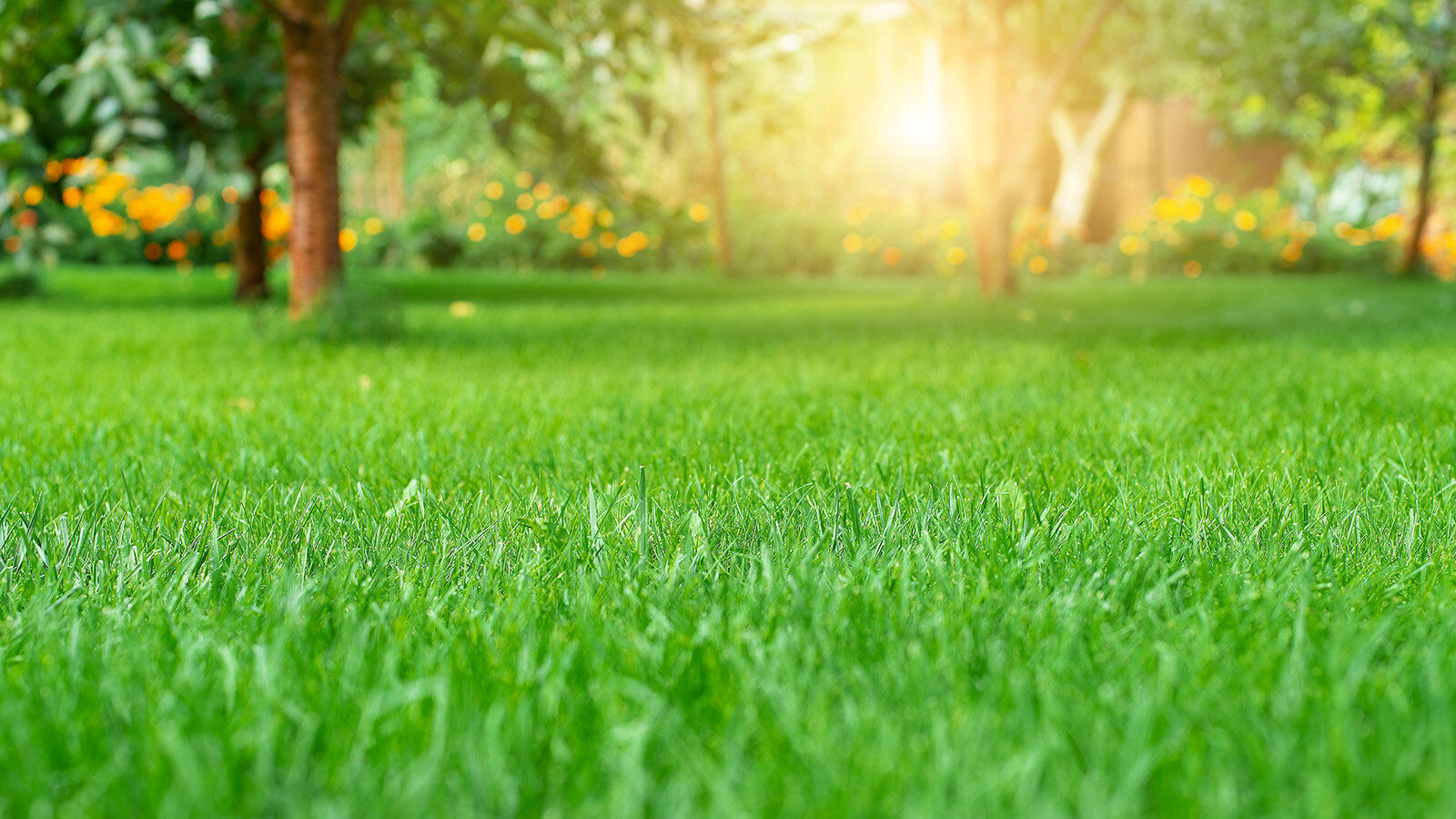
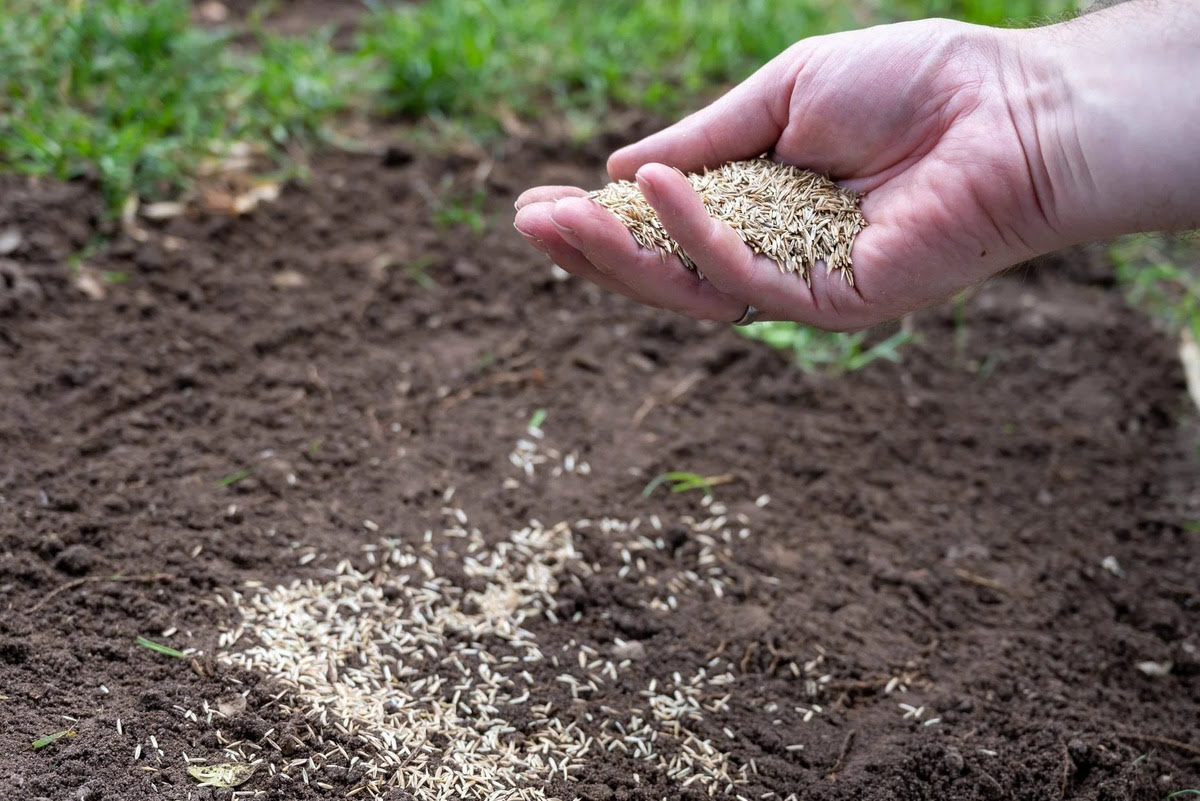
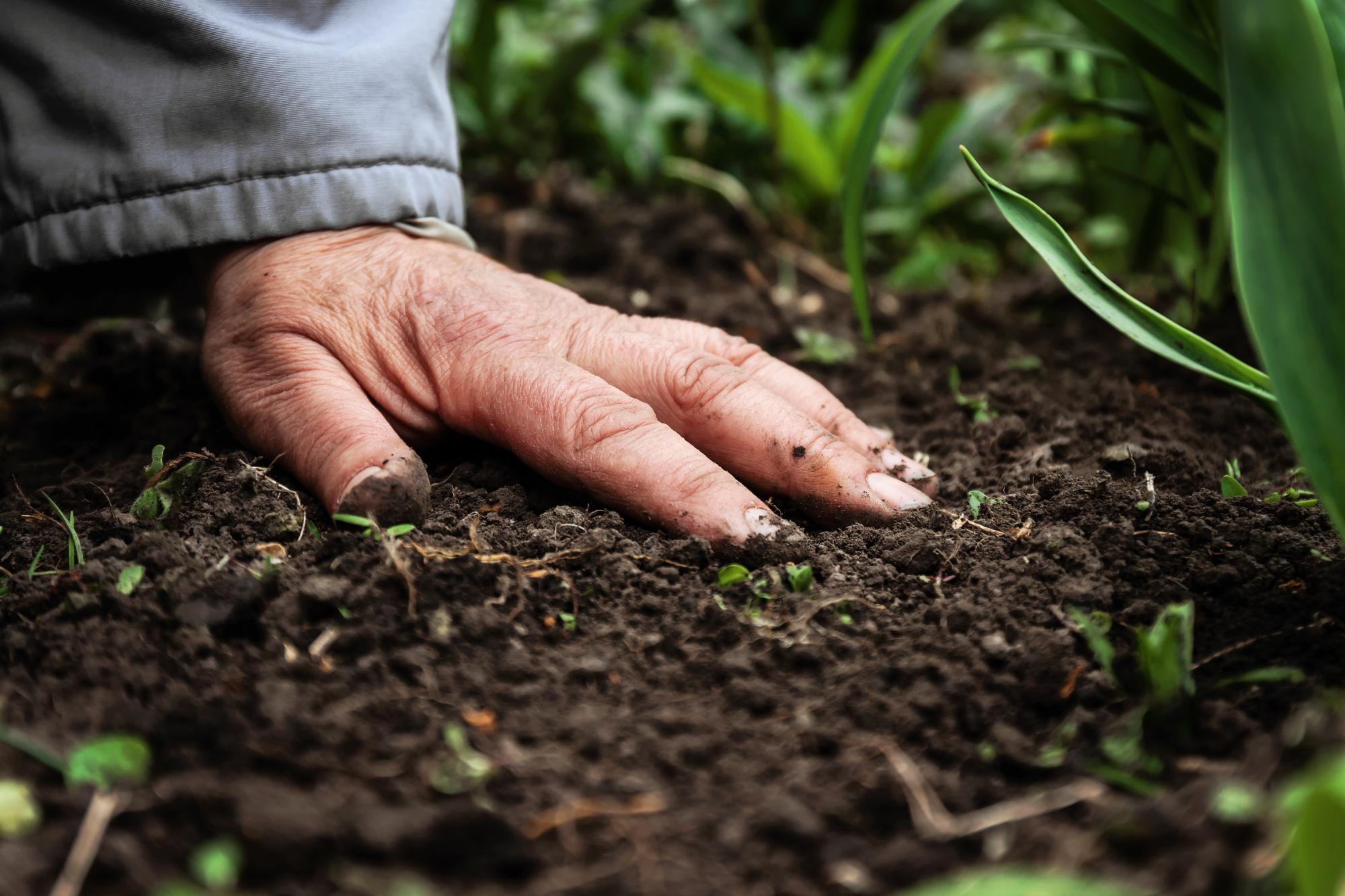
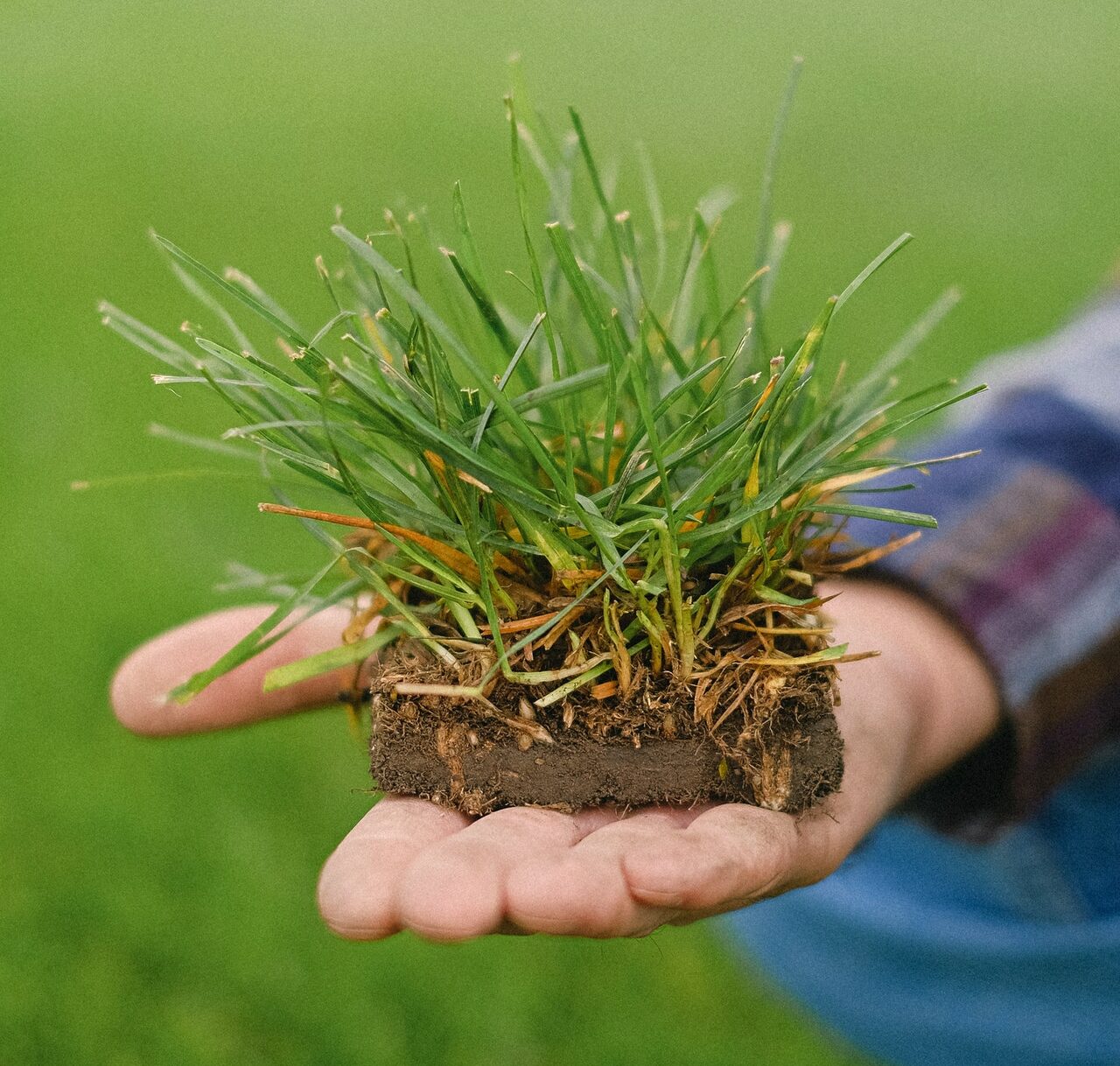
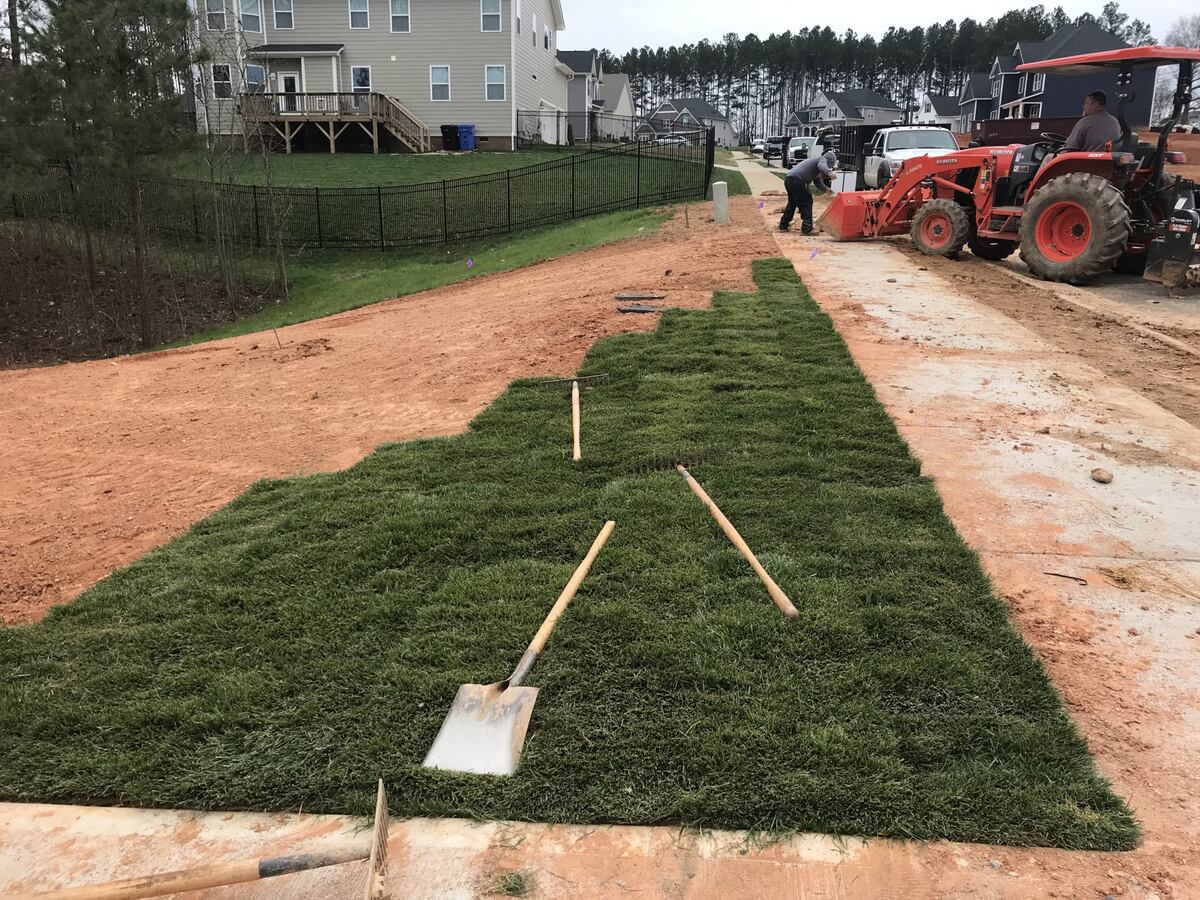
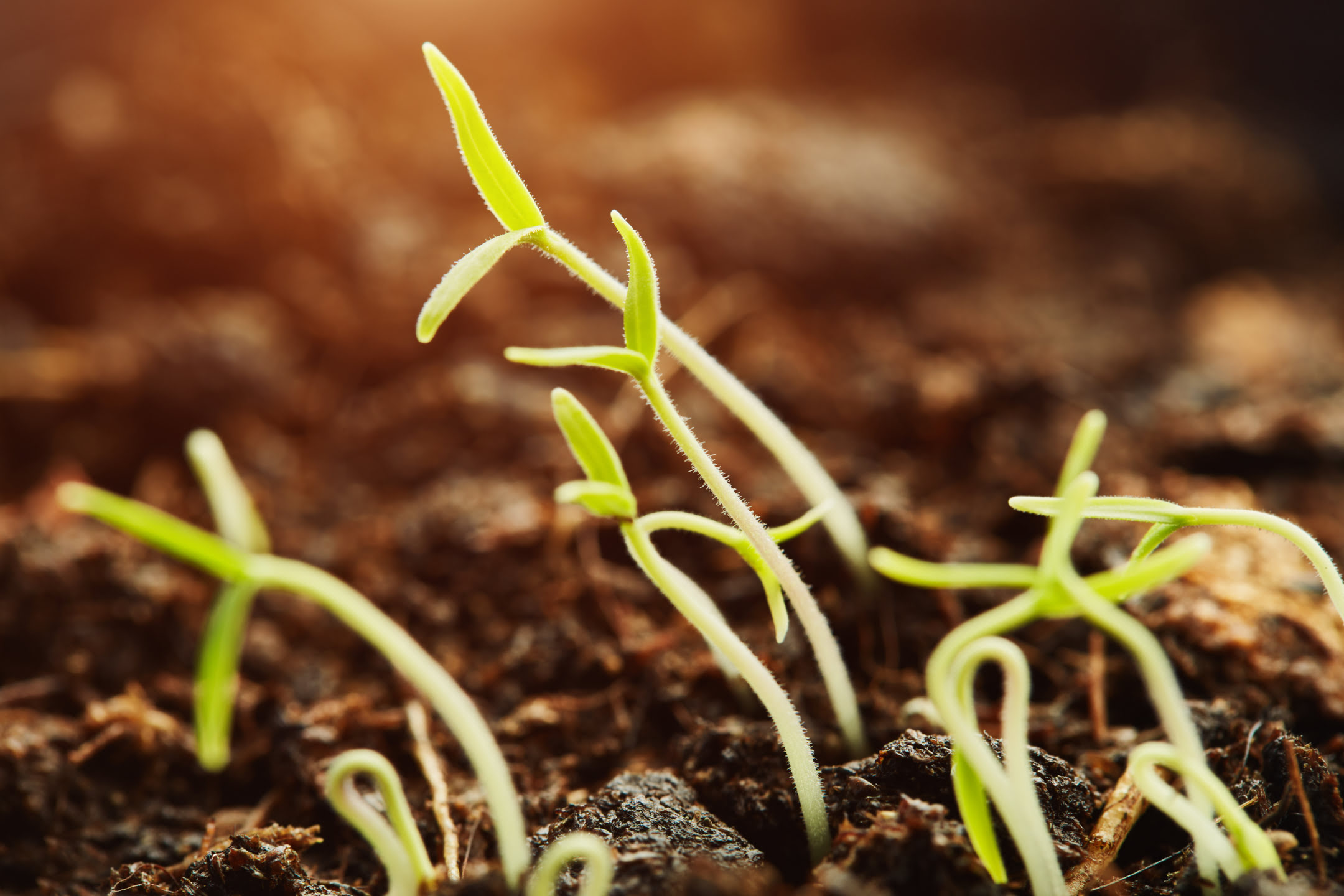
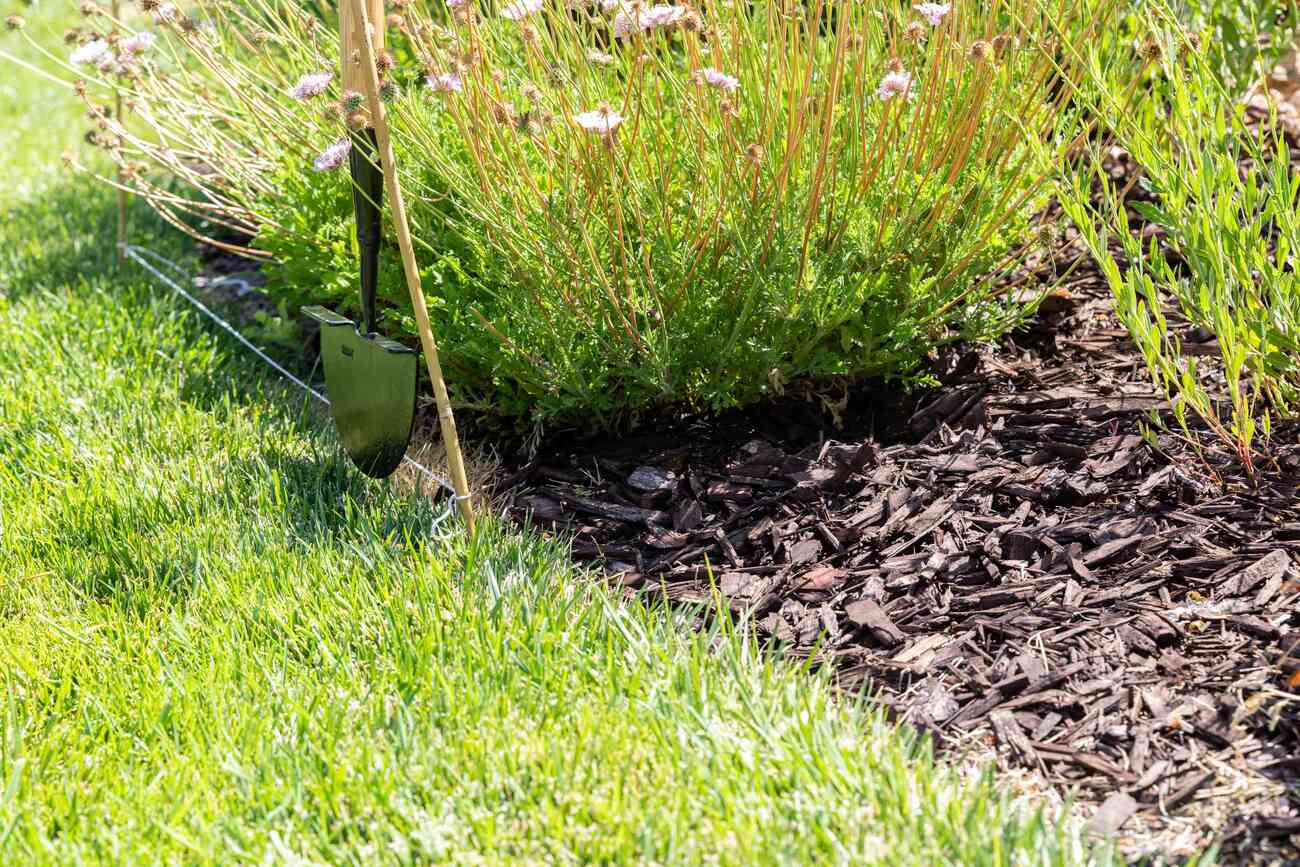
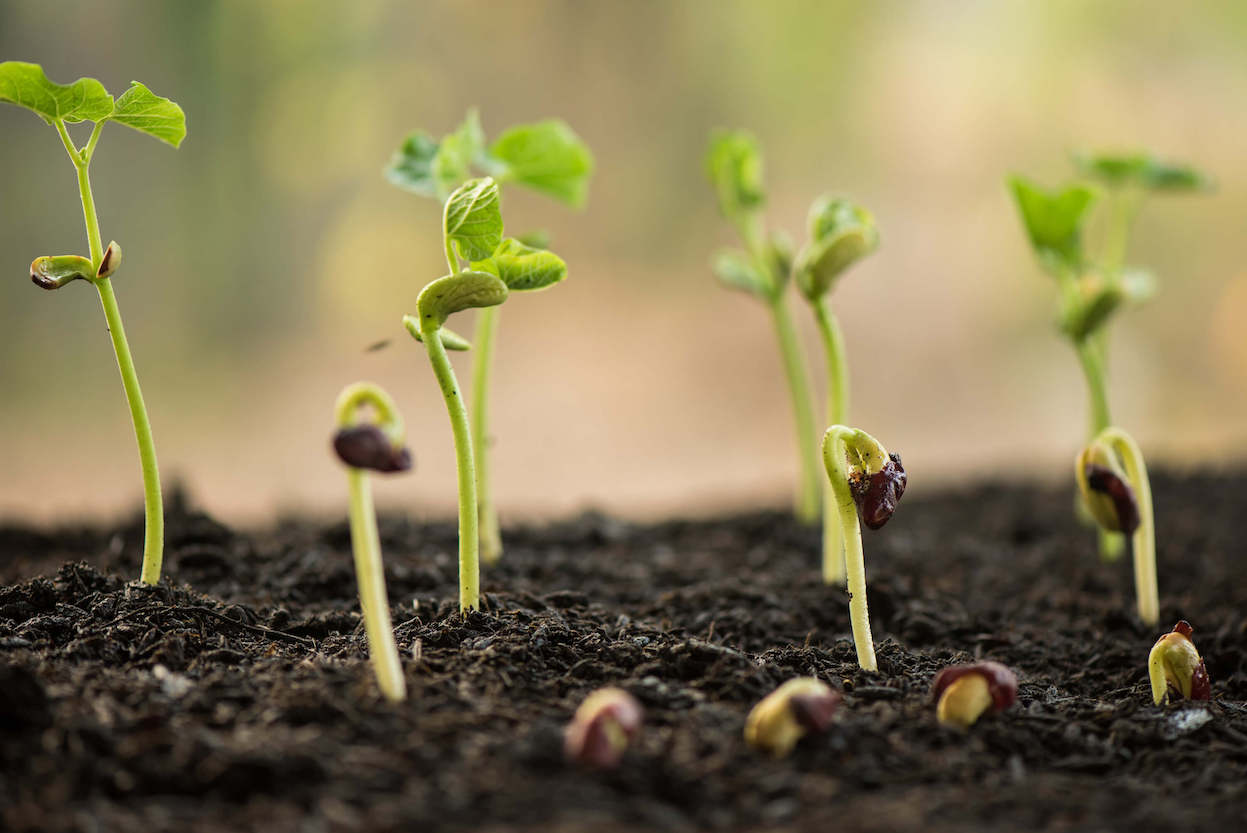
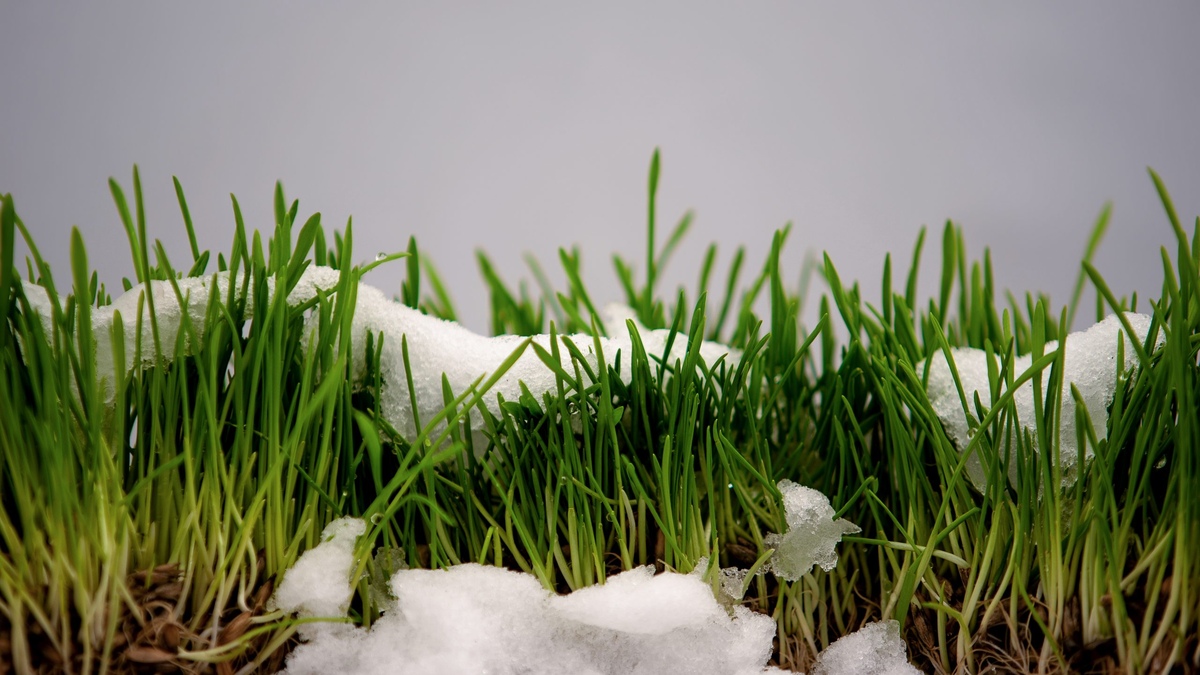
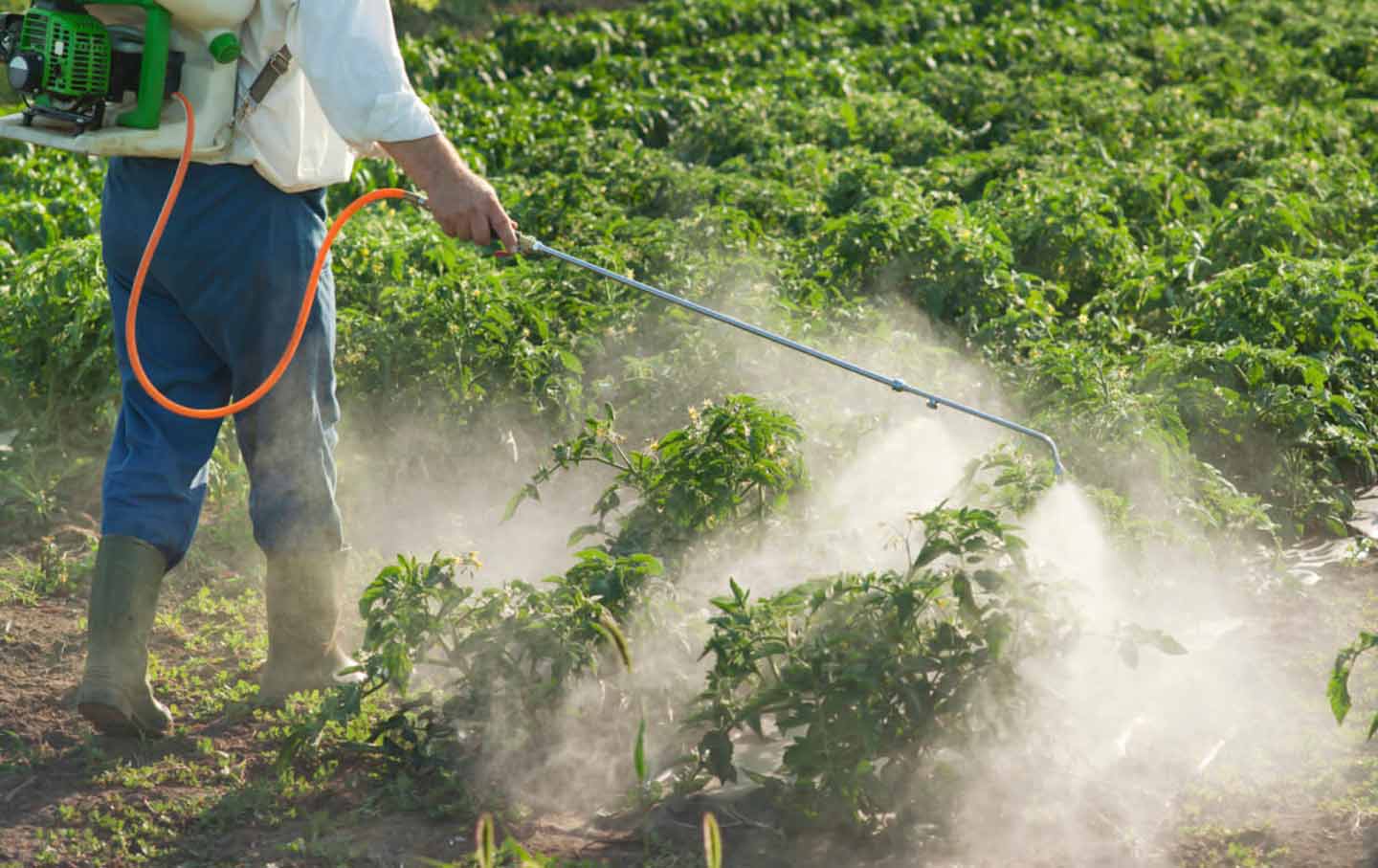
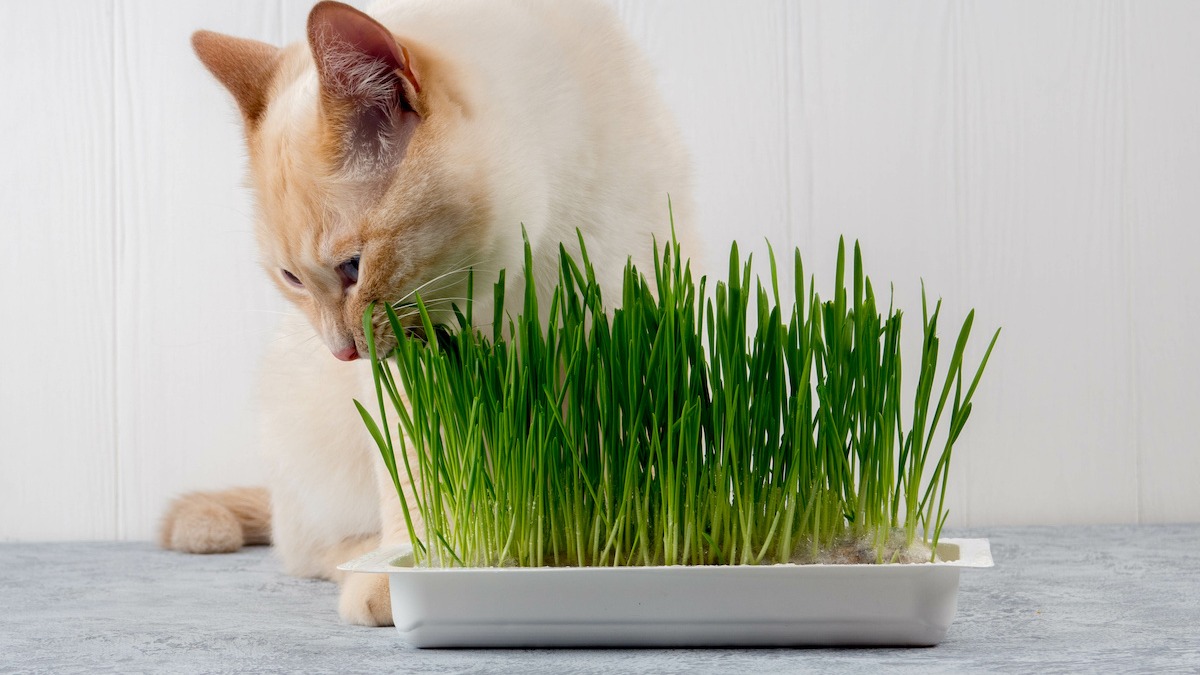
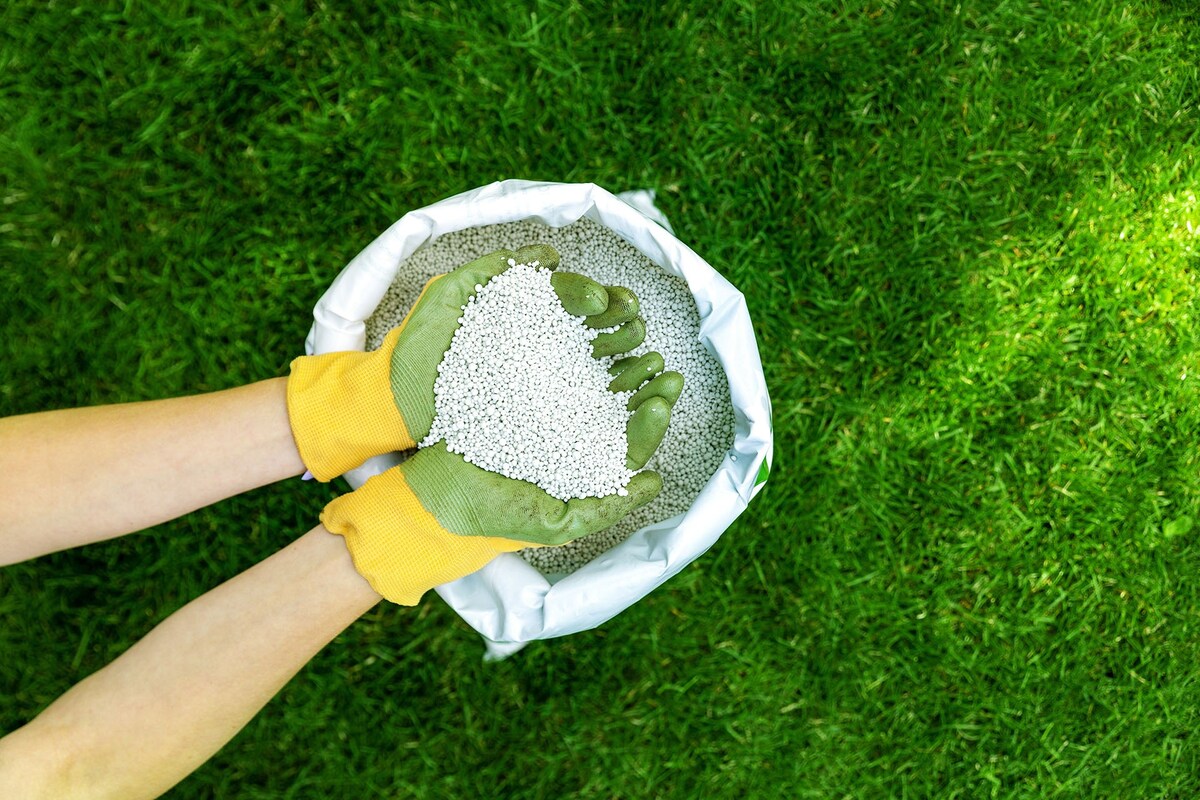

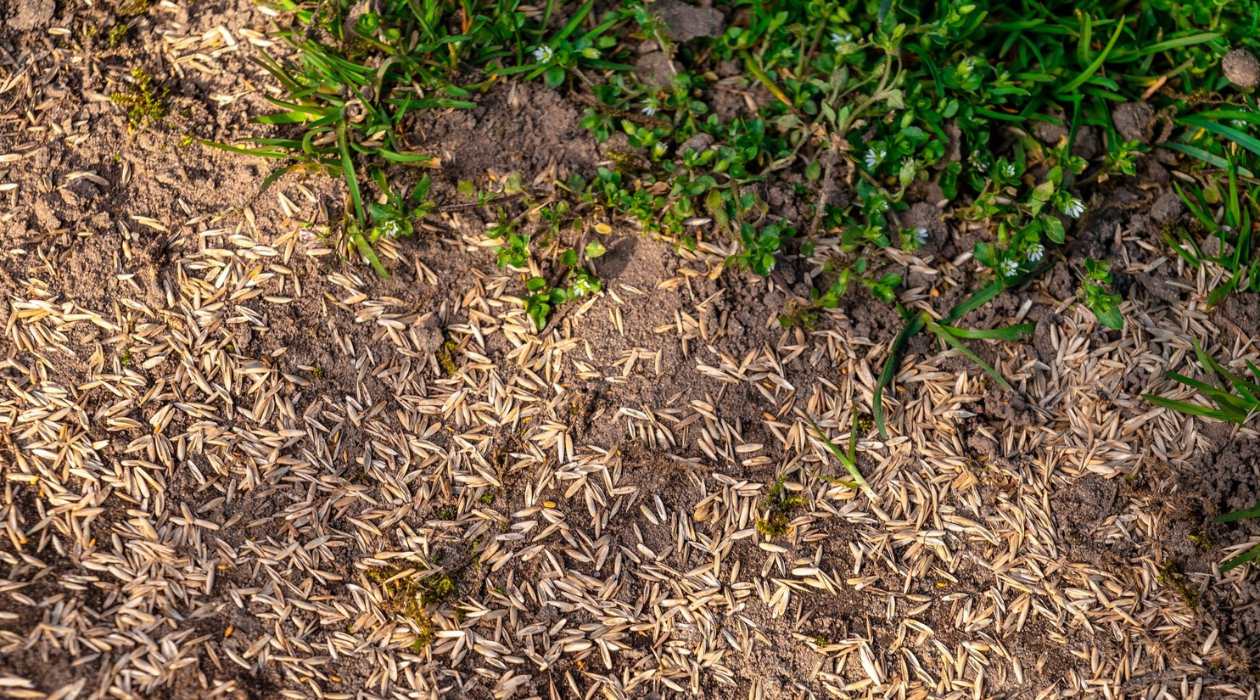


0 thoughts on “How Warm Does It Need To Be To Plant Grass Seed”